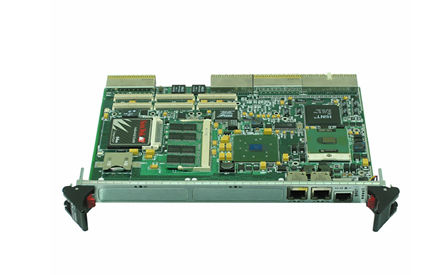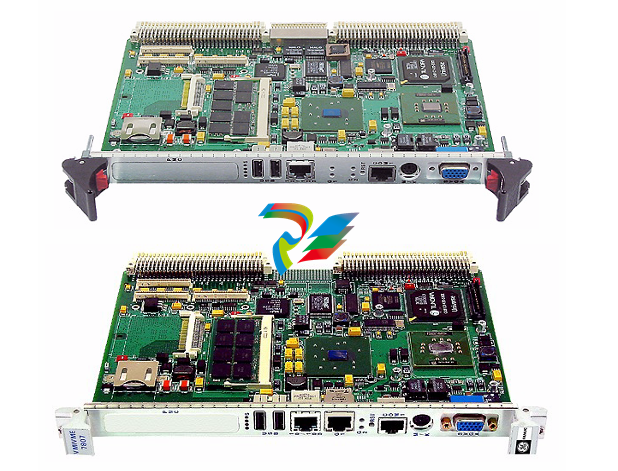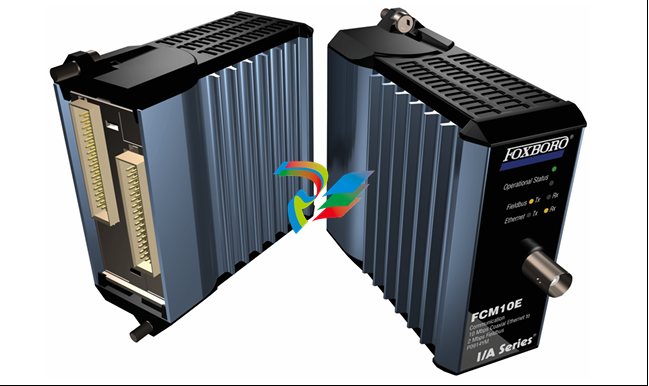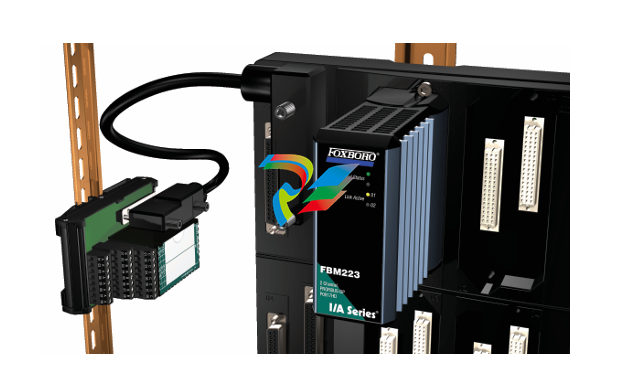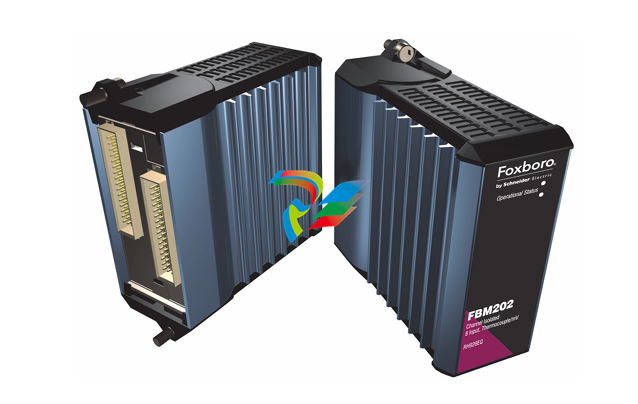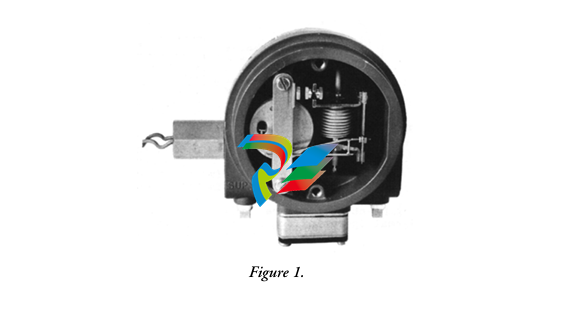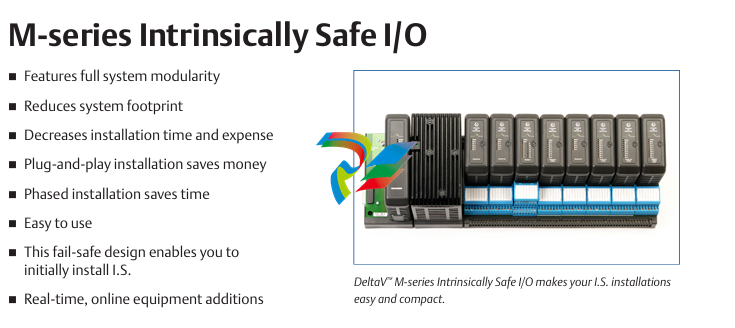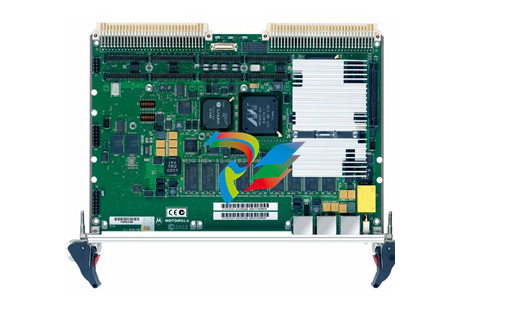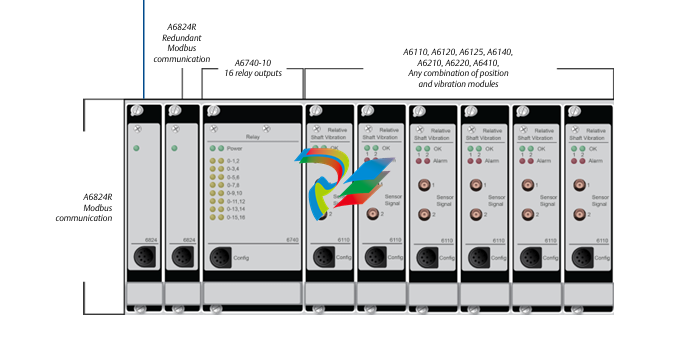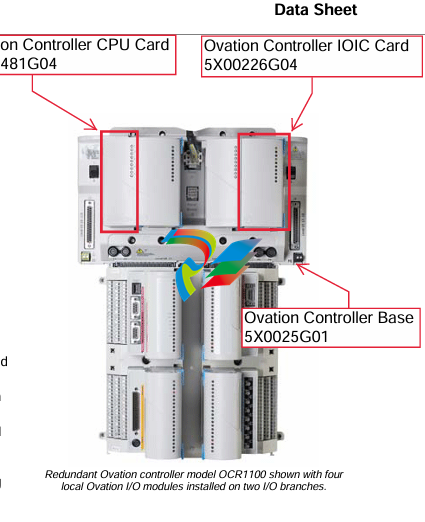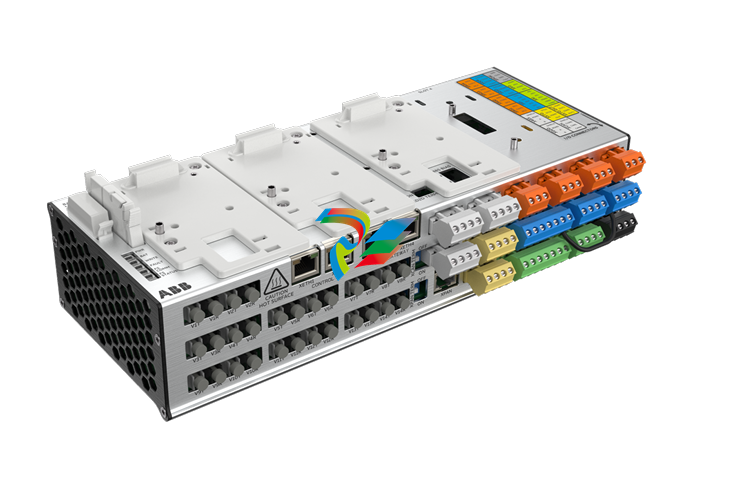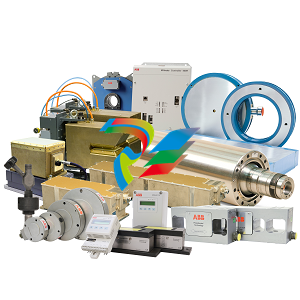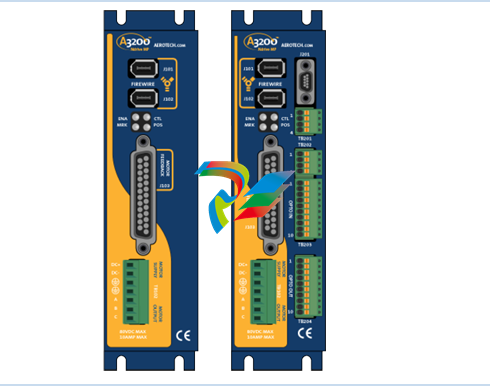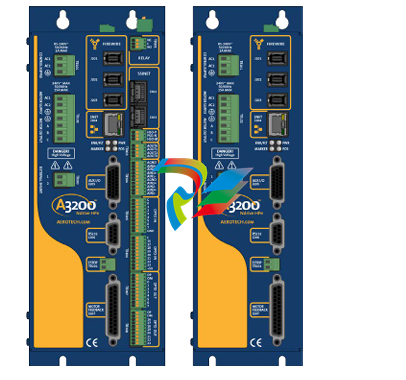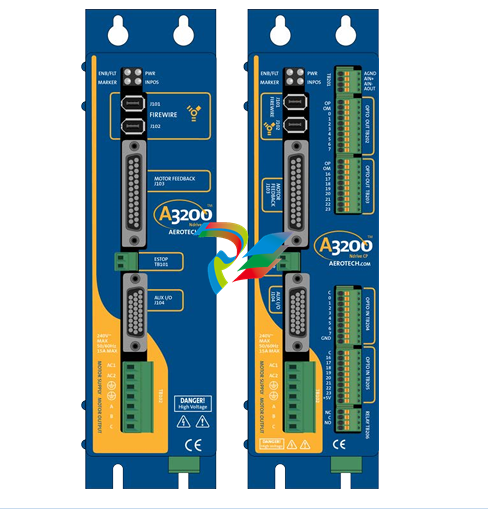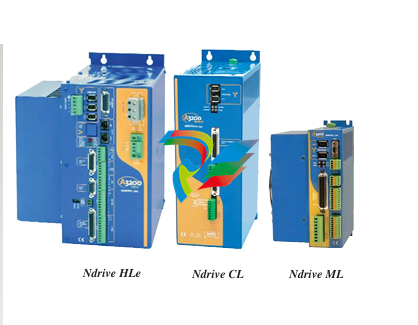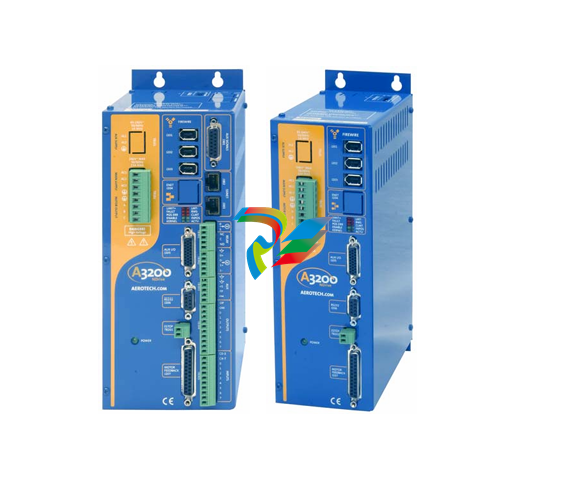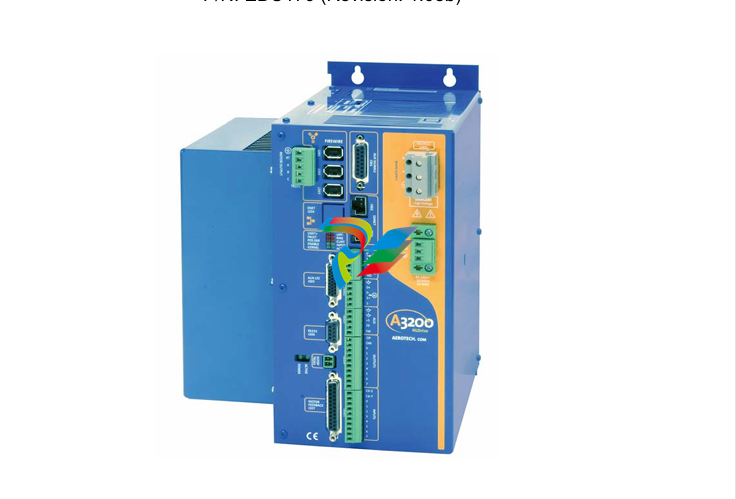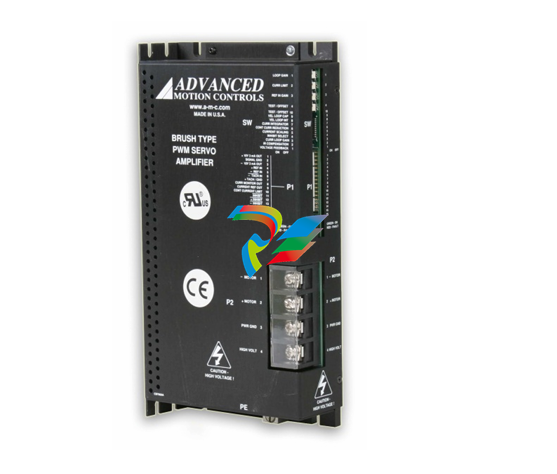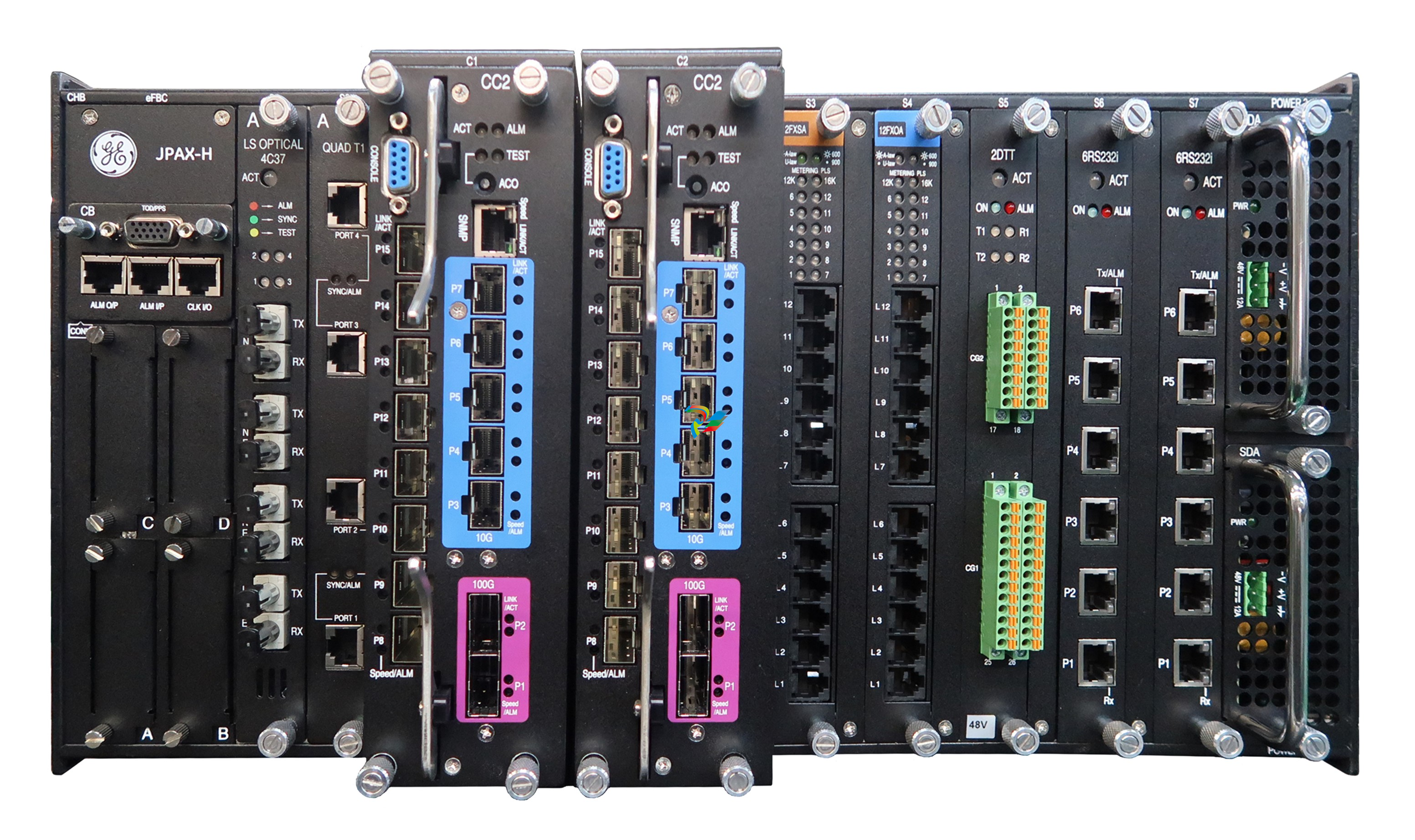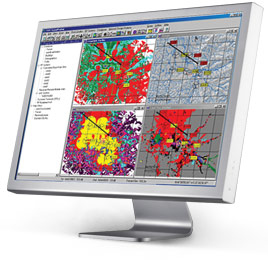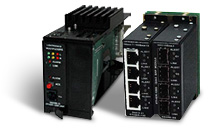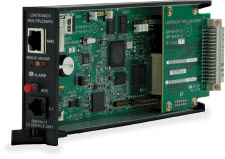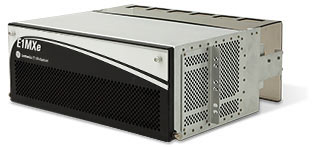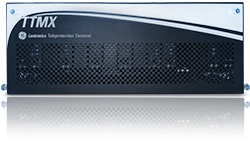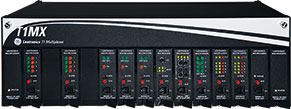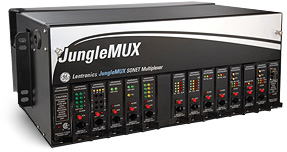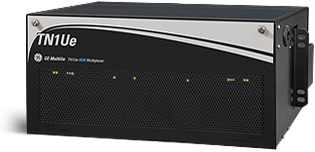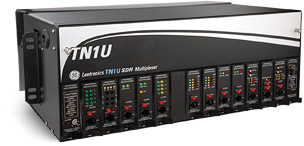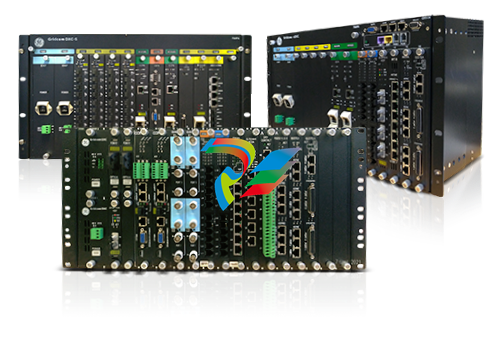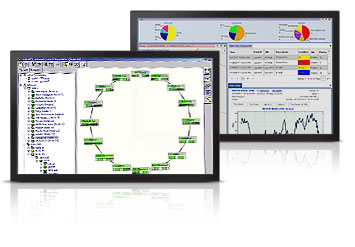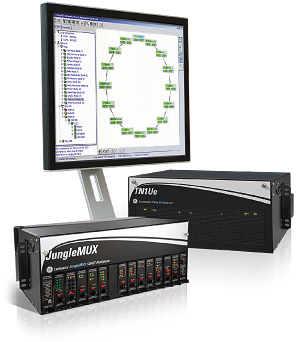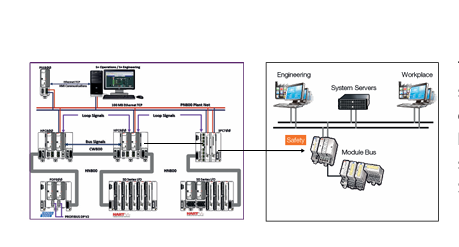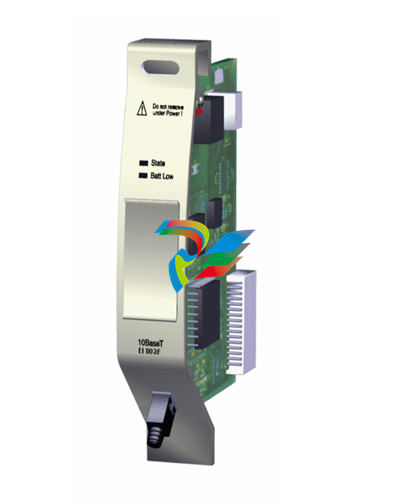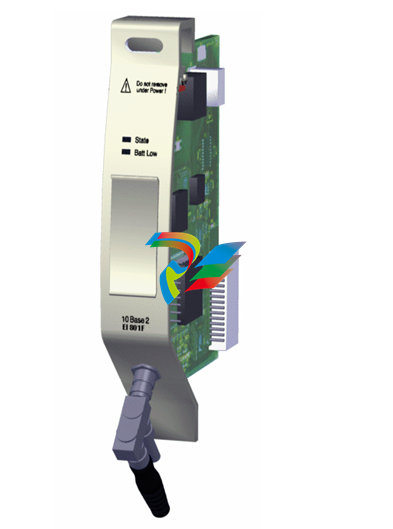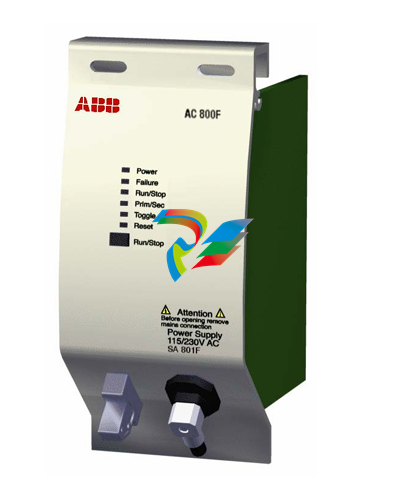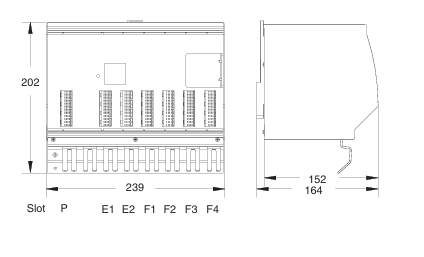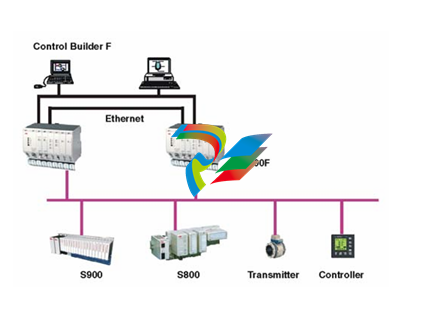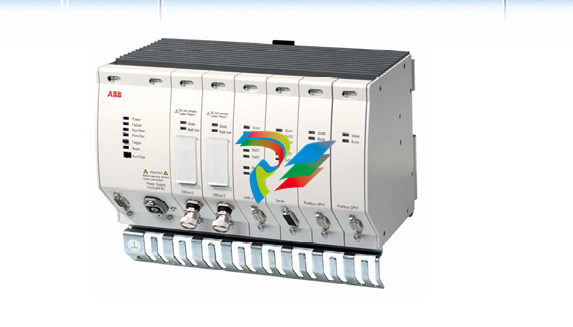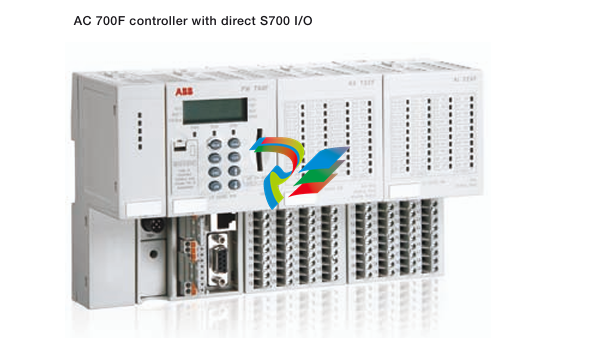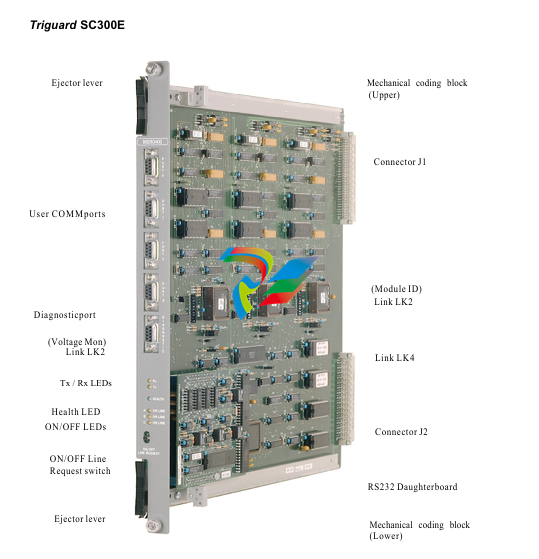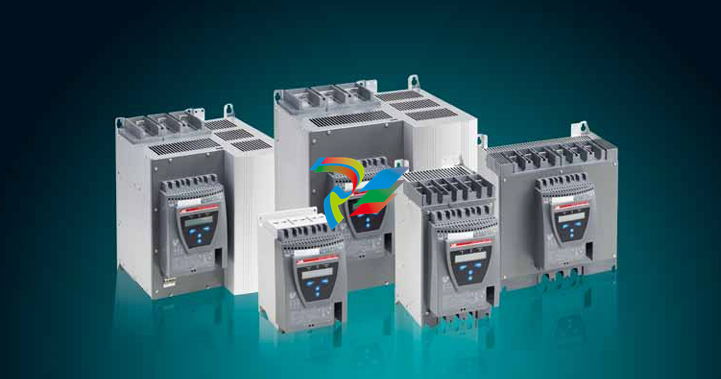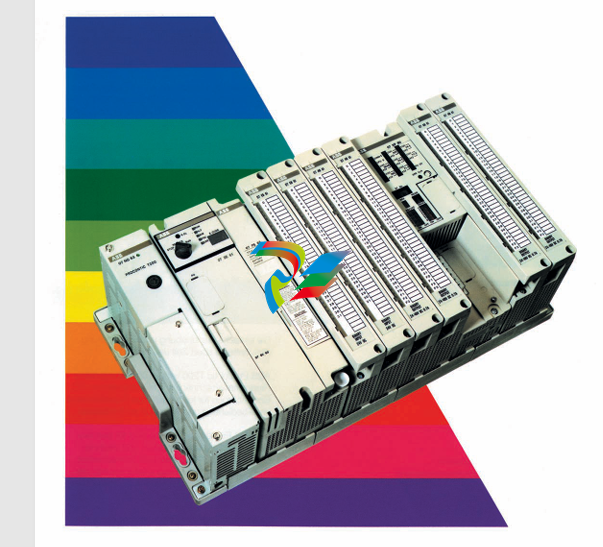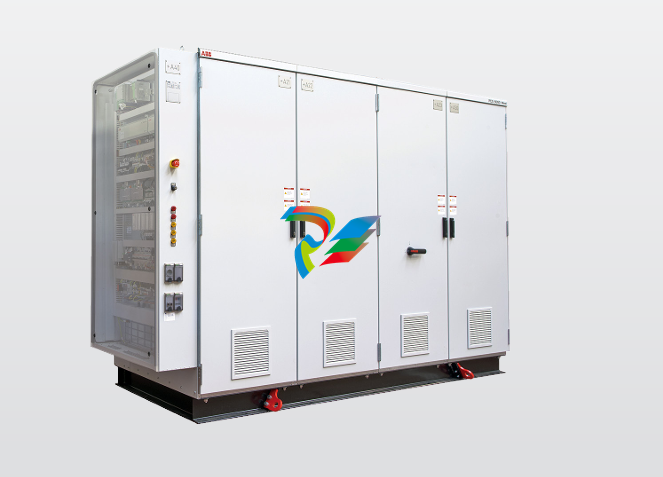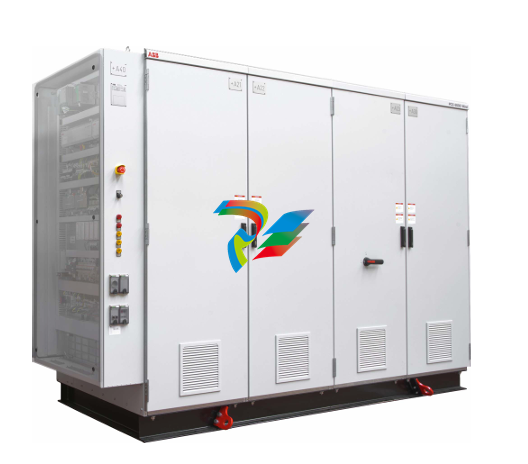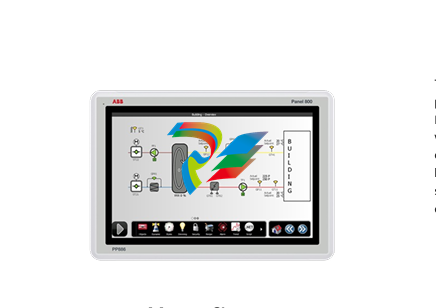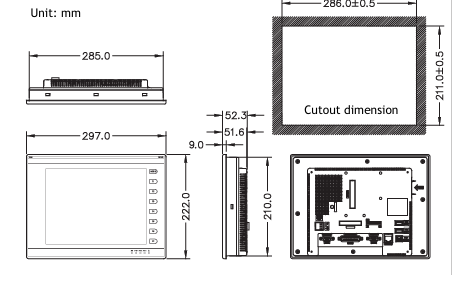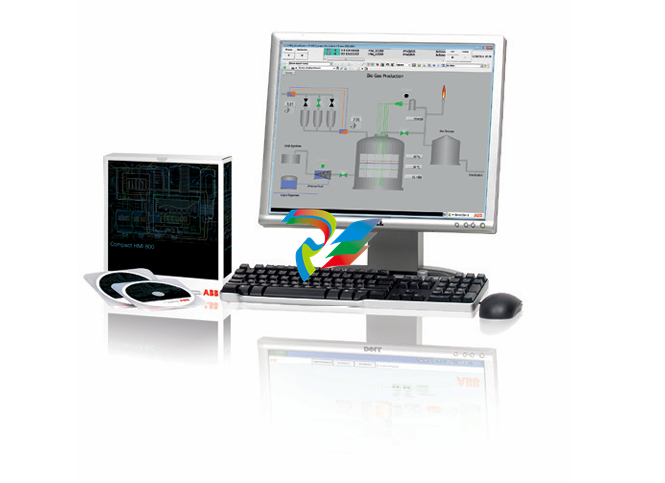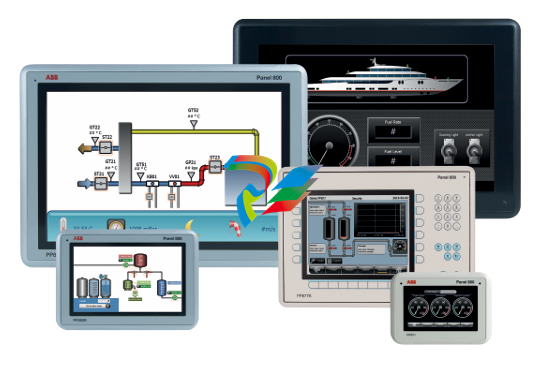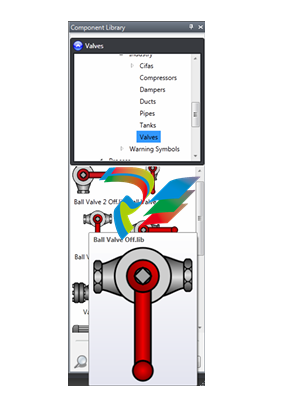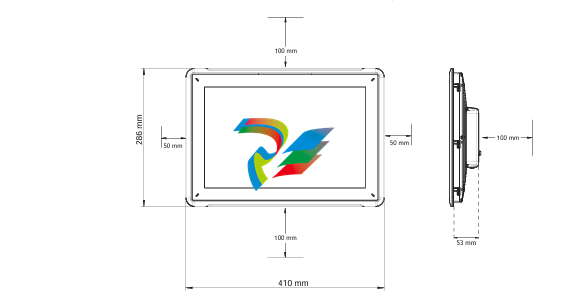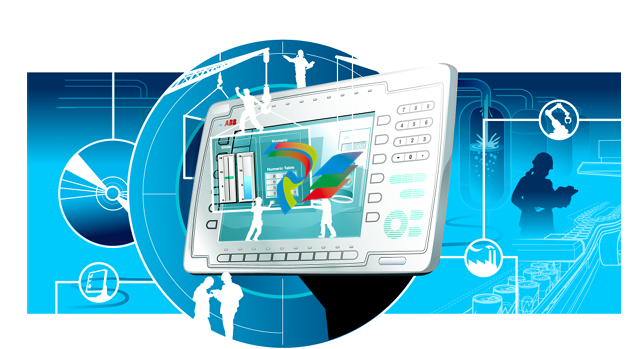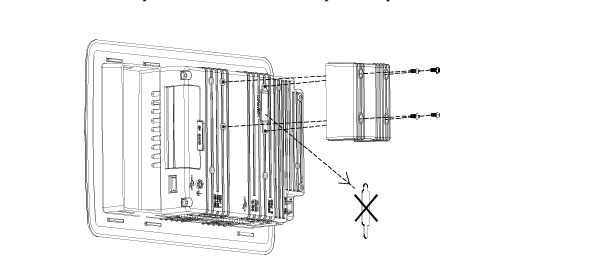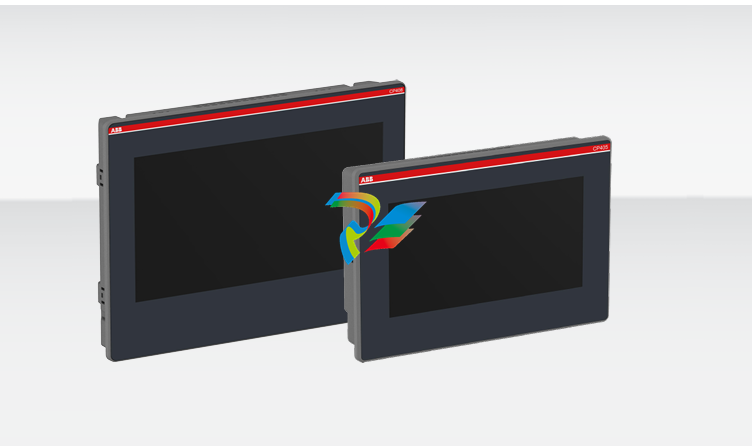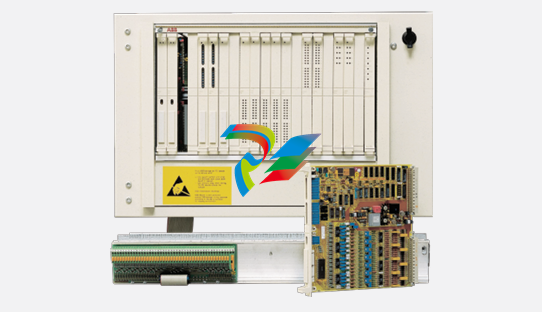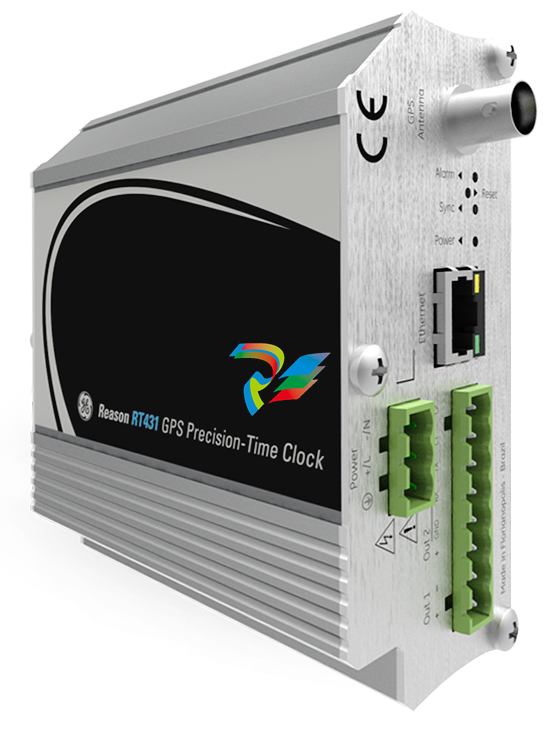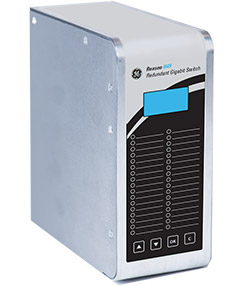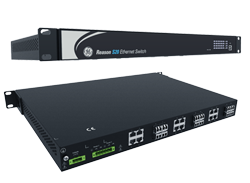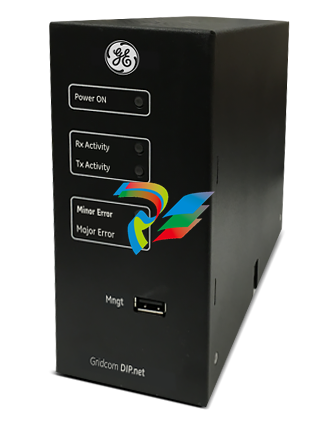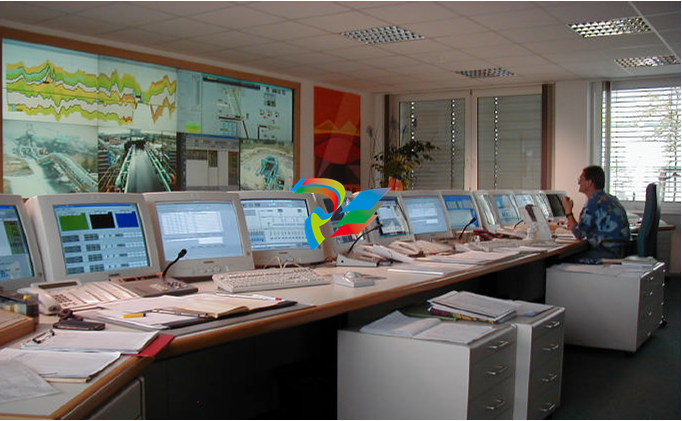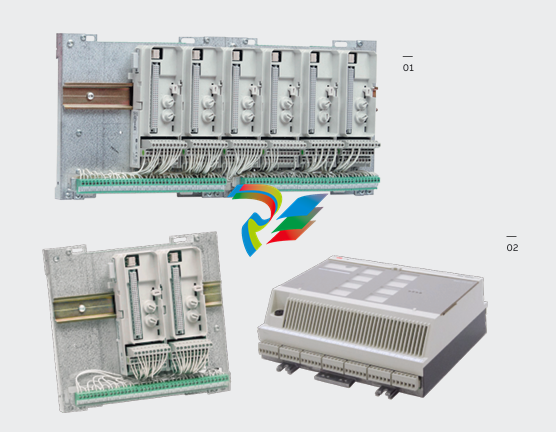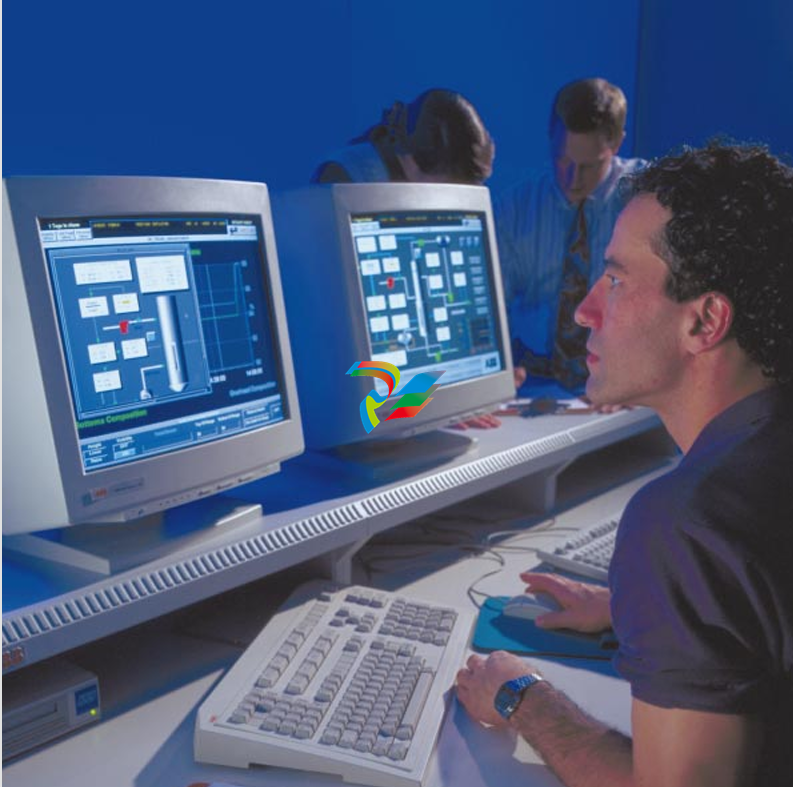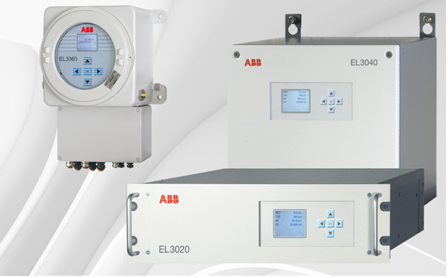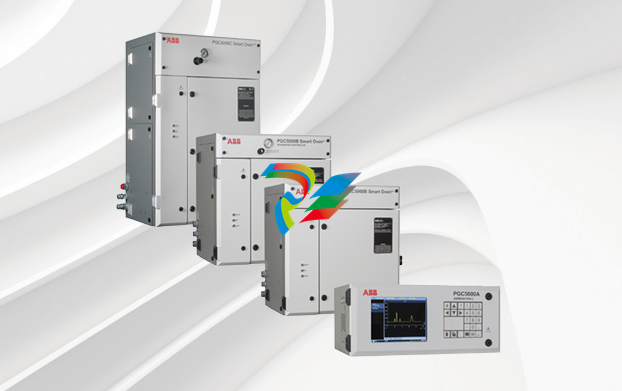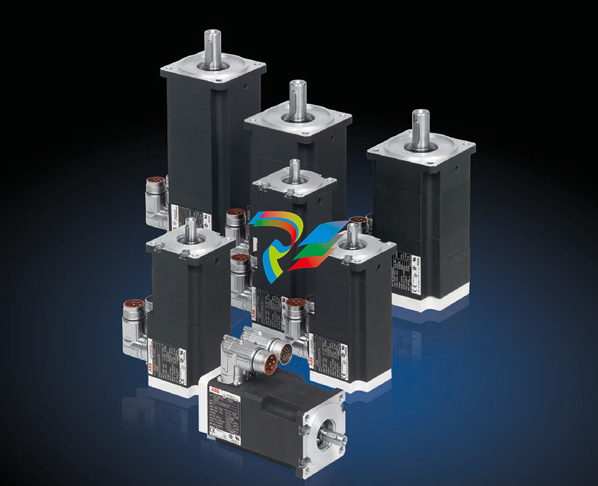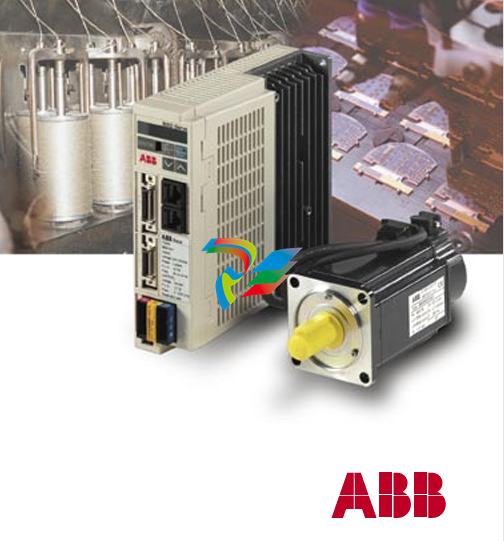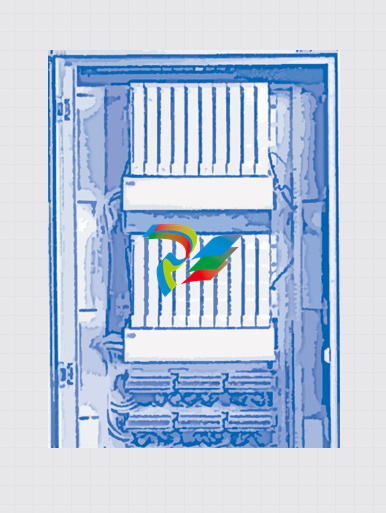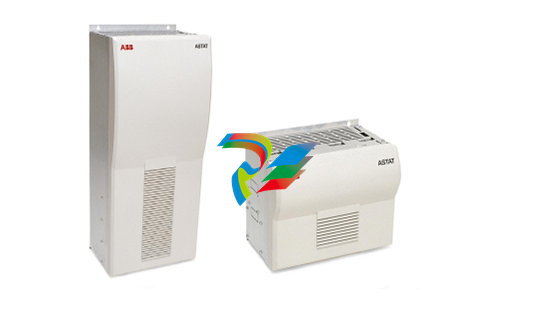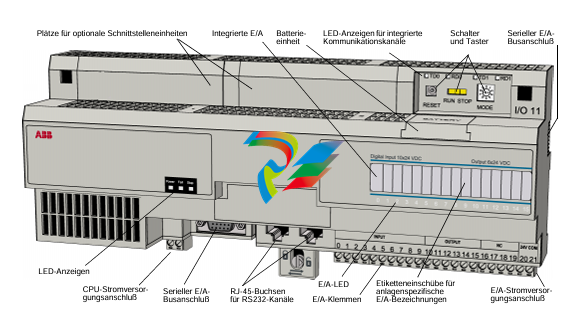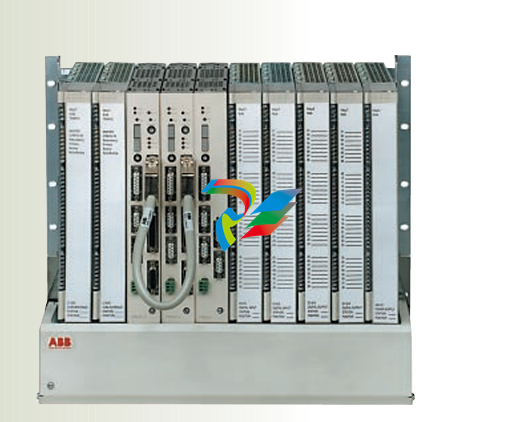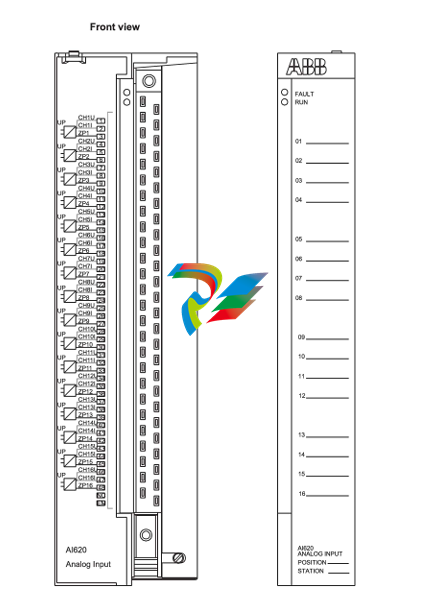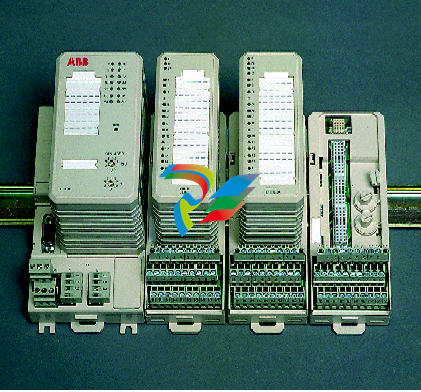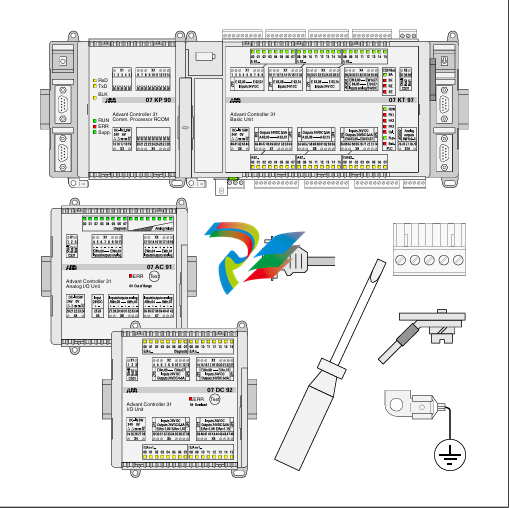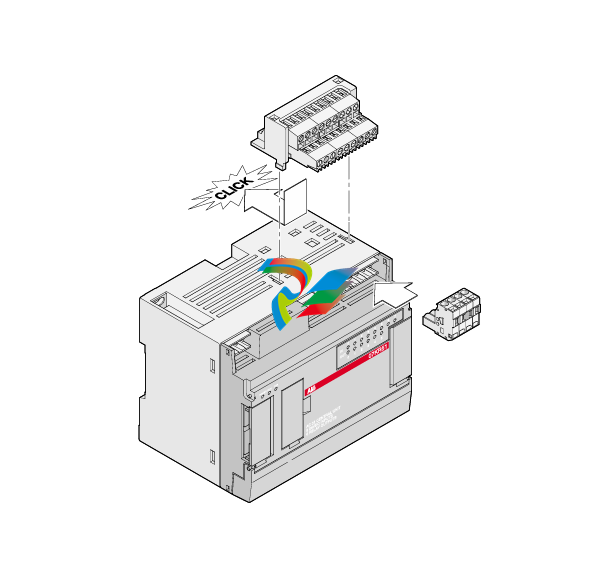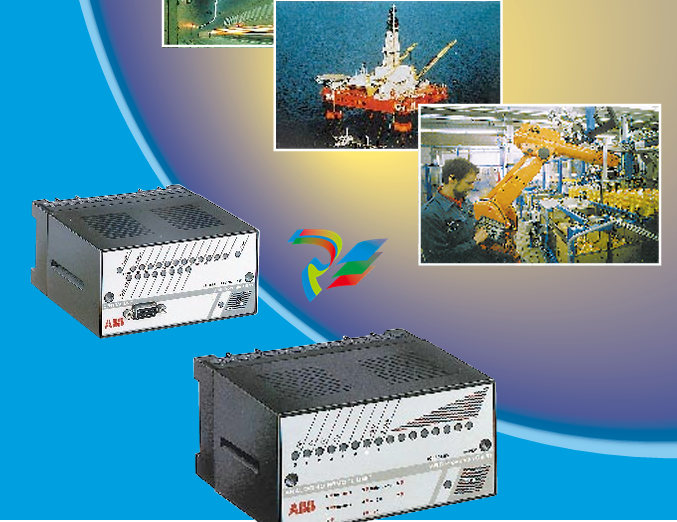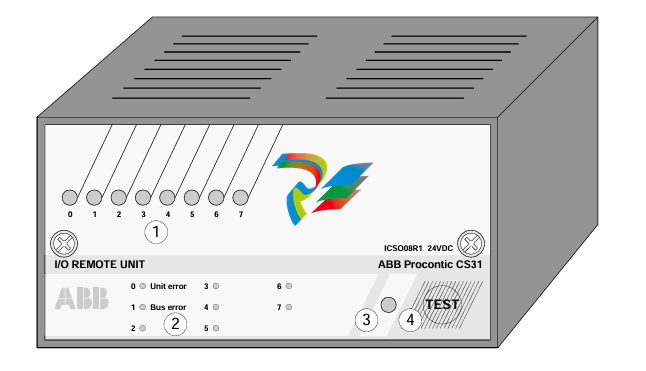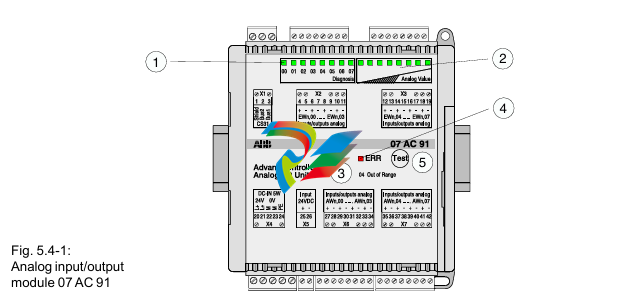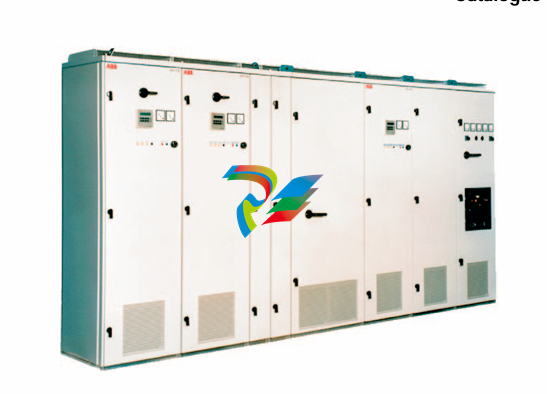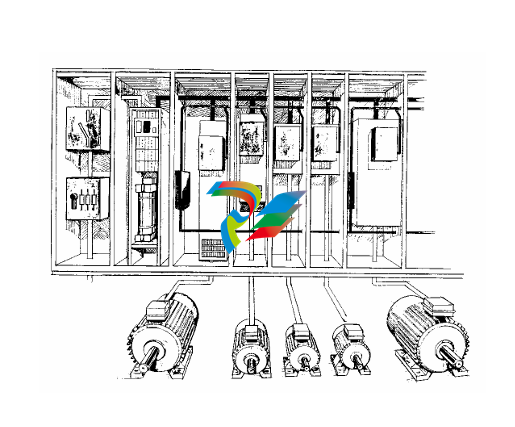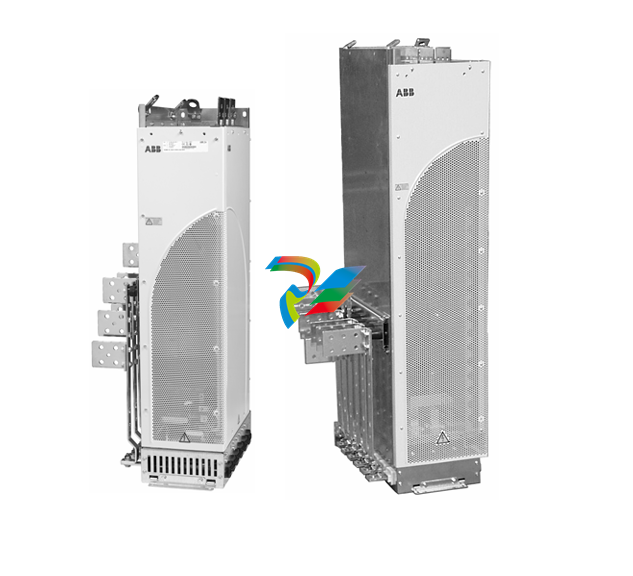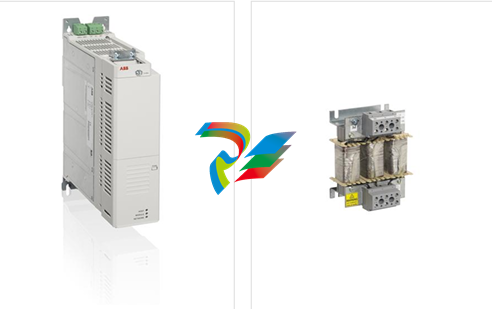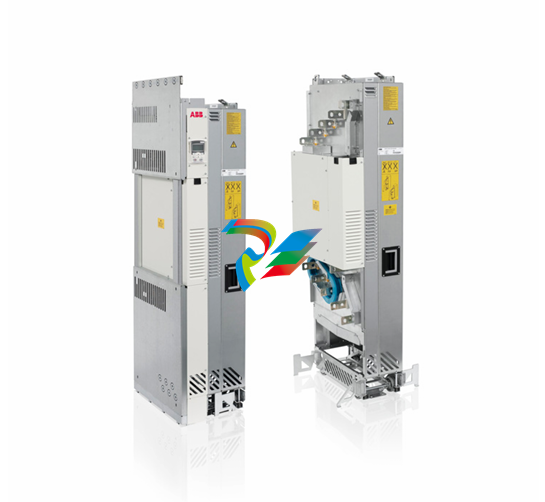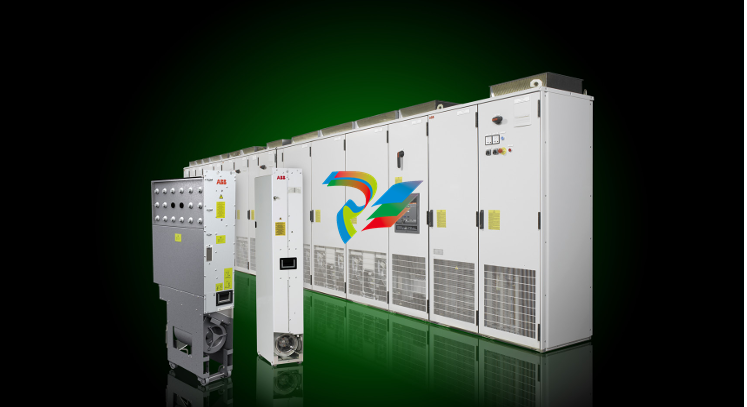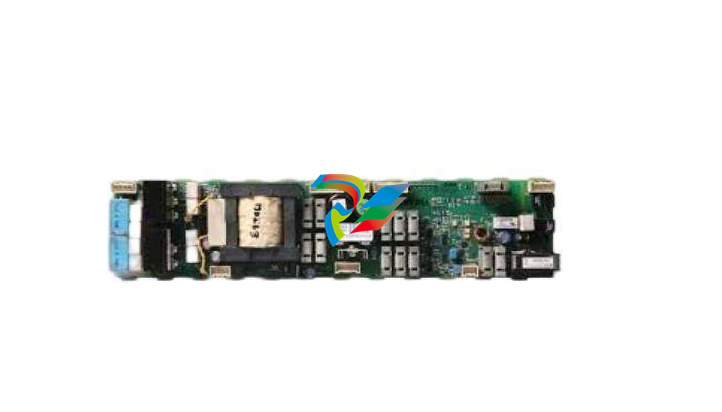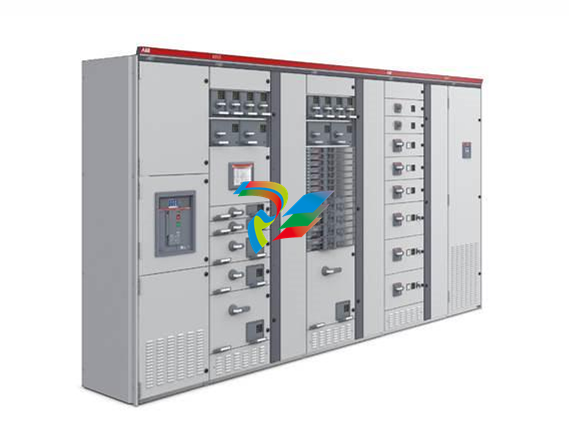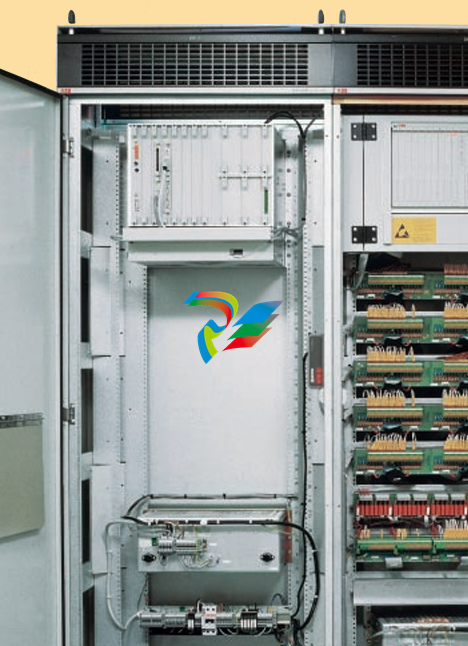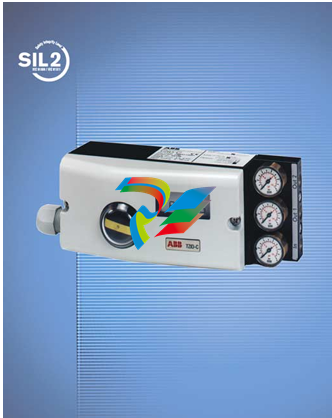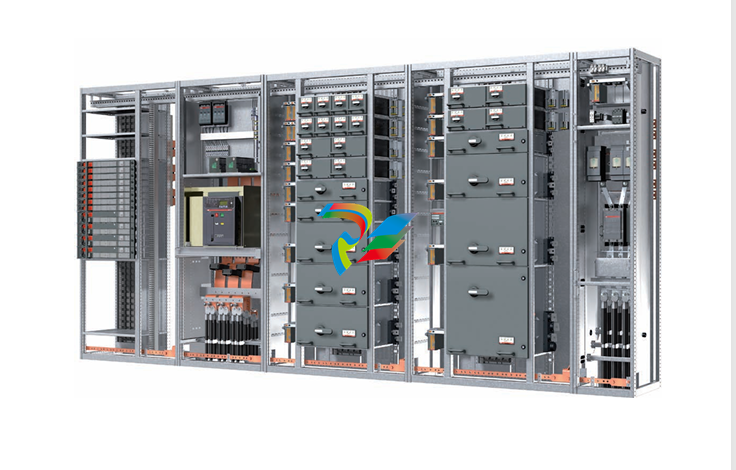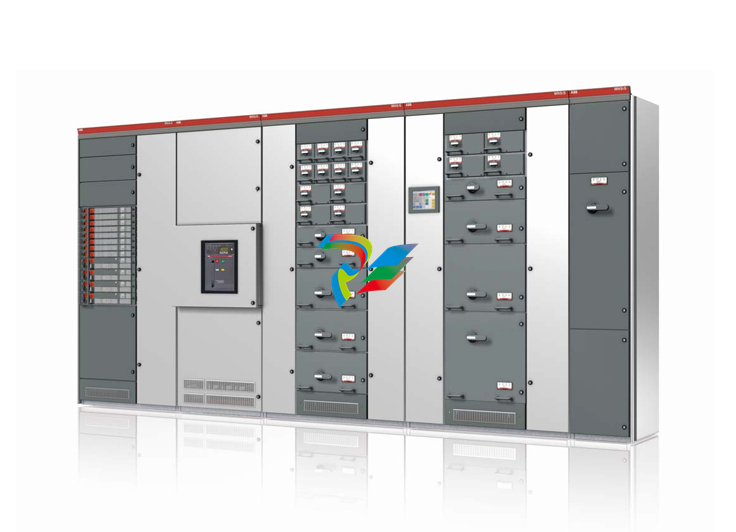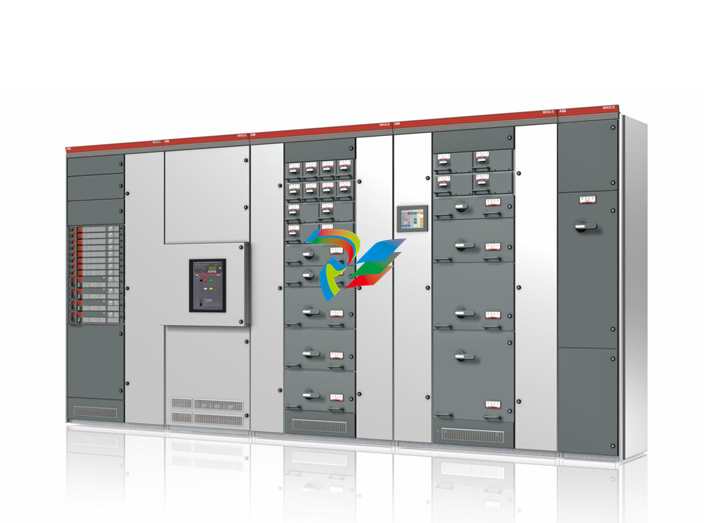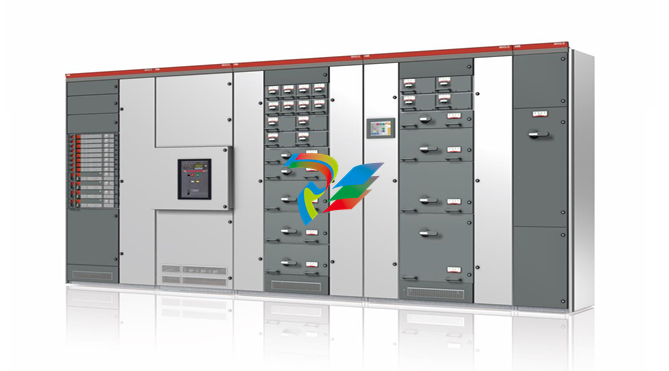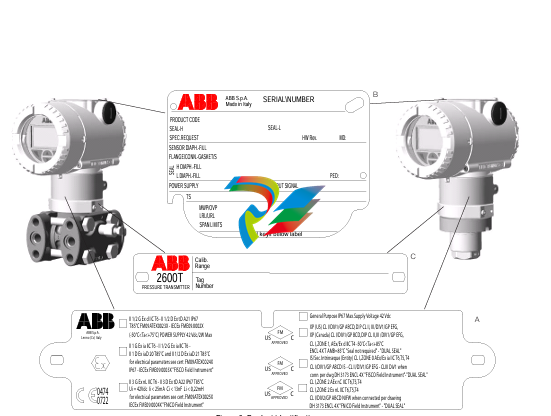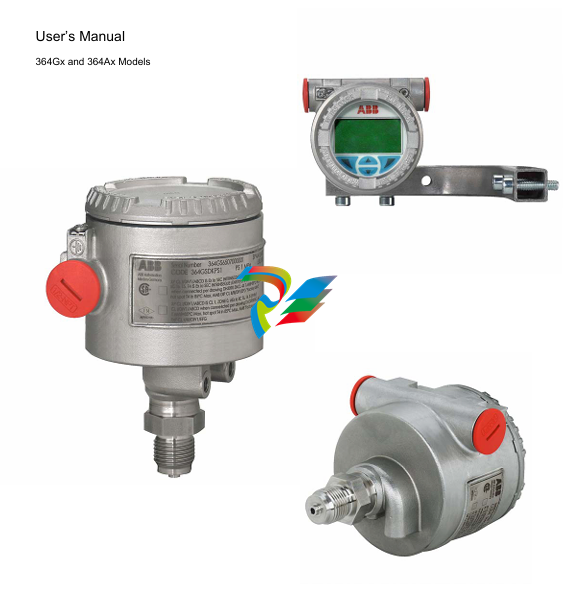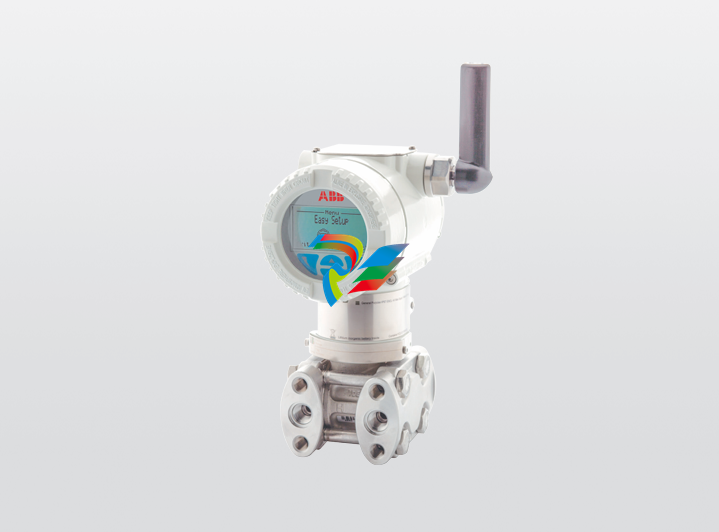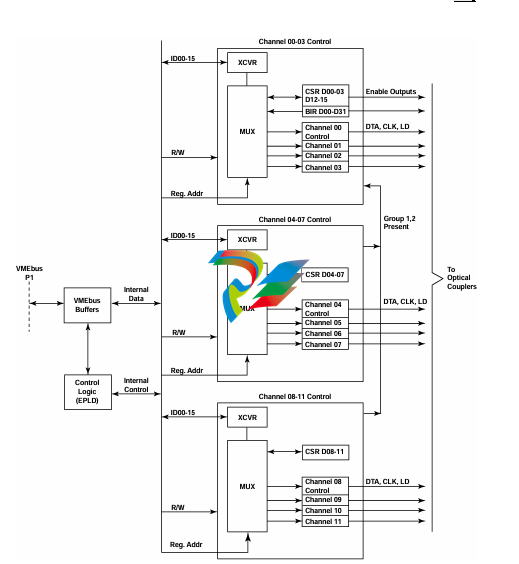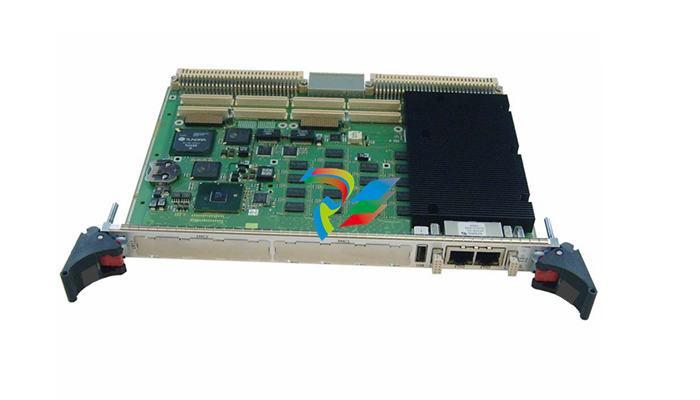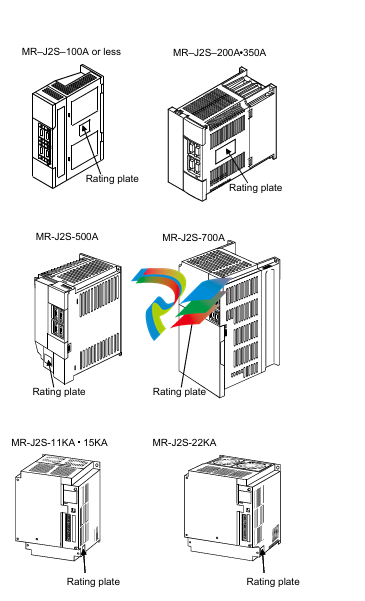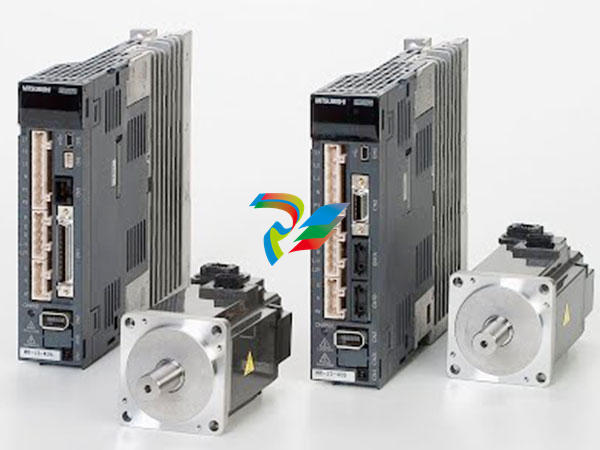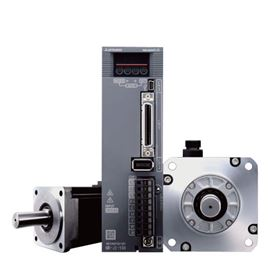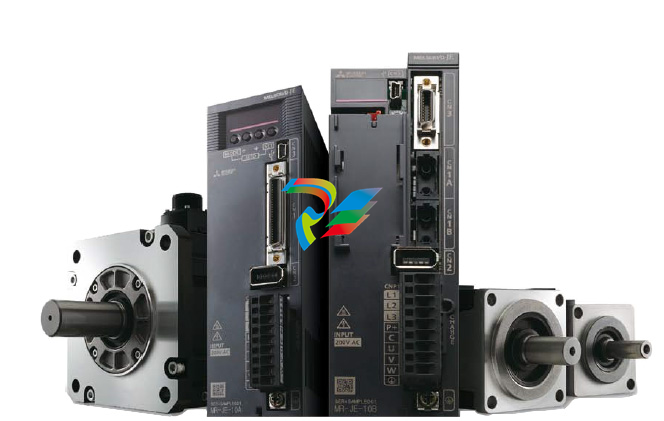
#### Introduction to Graphic-Terminals 1.768 Graphic-Terminals 1.768 are highly functional and user-friendly devices that play a significant role in modern industrial automation and control systems as well as in other applications where visual interaction and control are essential. ### Design and Construction These terminals typically feature a sleek and durable housing. Made from materials like high-quality plastics or metals with good strength and resistance to wear, the housing is designed to withstand industrial environments, including exposure to dust, vibrations, and moderate impacts. The display is a crucial part of its design, often with a size and resolution that allows for clear and detailed visual representation of graphics, text, and system status information. It might utilize LCD or LED technology to offer sharp images and good visibility from different angles. The interface elements are carefully laid out for easy operation. There are usually touch-sensitive areas or physical buttons, depending on the model, that enable users to navigate through menus, input commands, and interact with the displayed content. The terminals also come equipped with various ports for connectivity, such as Ethernet ports for network connection to communicate with other devices in the system, USB ports for connecting external storage devices or accessories, and serial ports for interfacing with specific industrial equipment.
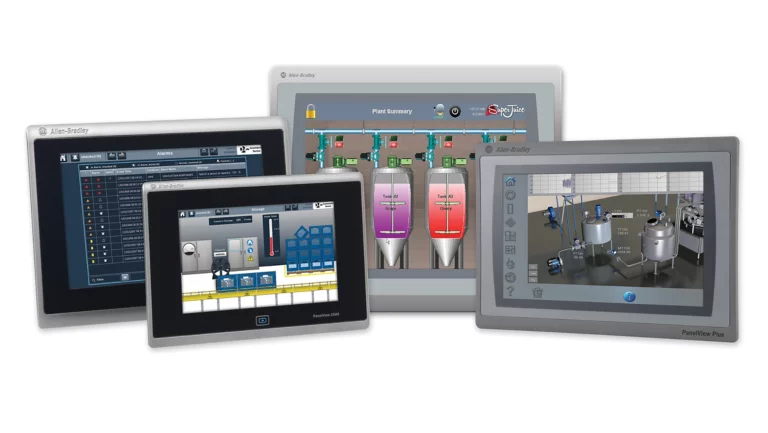
### Functional Capabilities Functionally, Graphic-Terminals 1.768 are mainly used for visualizing complex industrial processes and system statuses. They can display real-time data from sensors, machinery, or automated processes in the form of graphs, charts, or animated graphics, making it easier for operators to understand what's going on at a glance. For example, in a manufacturing plant, it can show the temperature, pressure, and speed readings of different production line components. They also allow for control operations. Operators can use the touch interface or buttons to send commands to connected devices like motors, valves, or robotic arms. Through software applications running on the terminals, custom interfaces can be created to match specific operational requirements, enabling precise control and adjustment of various parameters. Moreover, they often support different programming languages or software platforms, which gives developers the flexibility to design tailored applications for different industrial scenarios. ### Application Areas In industrial automation, they are extensively used in factories for monitoring and controlling production lines, managing robotic systems, and overseeing the operation of complex machinery. In the energy sector, they can be applied in power plants to display and control the operation of generators, transformers, and distribution systems. In building automation, they help in managing lighting, HVAC systems, and access control by providing an intuitive visual interface for operators. ### Advantages One of the main advantages is their ability to simplify complex information and make it accessible through intuitive visual displays. The touch-based or button-operated control interface enhances the ease of use for operators, reducing the learning curve. Their versatility in terms of connectivity and support for different software platforms means they can integrate well with a wide range of existing systems, making them a valuable tool in improving operational efficiency and control in various industries. In conclusion, Graphic-Terminals 1.768 are essential devices that combine visual display and control capabilities, offering numerous benefits in multiple application areas within the industrial and automation domains.
| User name | Member Level | Quantity | Specification | Purchase Date |
|---|





